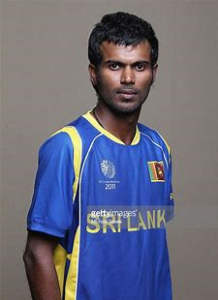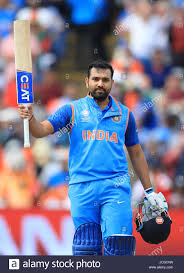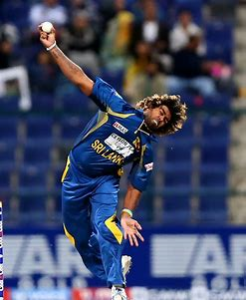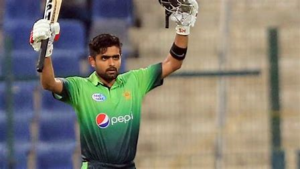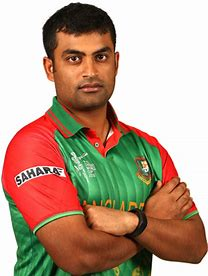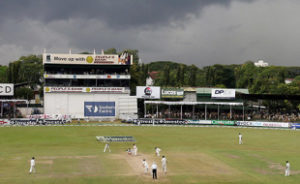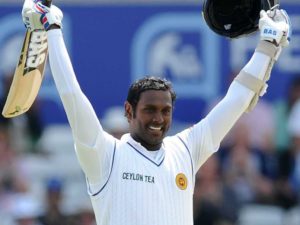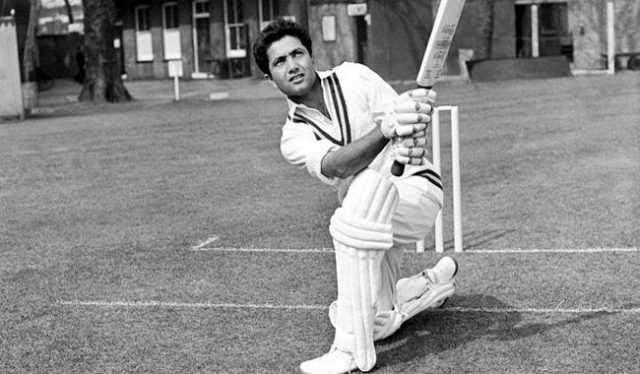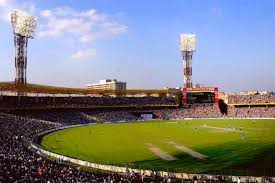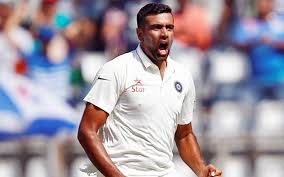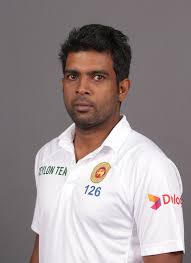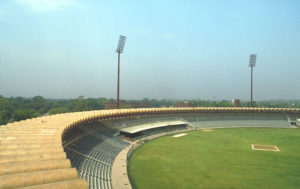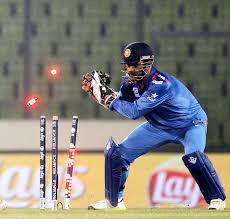With Ireland facing Pakistan this week in their inaugural Test since obtaining Full Member status last year, I am taking a look back the first Tests of the previous ten nations to grace the longest format of our beloved game.
In Part One, I talk about Test nations #1 through #5 – from the first ever Test match between Australia and England, through to the maiden appearances of South Africa, West Indies and New Zealand.
No we pick up the narrative with…
Test team #6 – India.
First match vs England, Lord’s, London – 25th June 1932
After the 39-year gap between South Africa’s first Test and West Indies becoming the fourth Test team, teams five and six came along like the proverbial London buses, relatively speaking. Of the three teams granted membership of the Imperial Cricket Conference in 1926, West Indies made their debut in 1928, then New Zealand in 1930, with India finally joining the Test party in 1932.
Cricket had been played on the Subcontinent for many decades by this point, a by-product of course of British Empire. Many parties of English cricketers of different shapes and sizes had visited British India, and an Indian representative team had previously toured England in 1912, but it did not play against England, only First Class fixtures against County sides.
It wasn’t until a team, given the title “All-India” and captained by the princely Maharaja of Porbandar (aka Natwarsinhji Bhavsinhji) visited England from April to September 1932 that India finally got the chance to play Test cricket.

Above: The “All-India” touring party of 1932.
It’s easy to forget now in the days of very limited warm-ups and multi-formats how long cricket tours were in days gone by. The Maharaja’s men played 39 games on this tour, including an astonishing 25 First Class fixtures where they met each County at least once, as well as Oxford and Cambridge Universities and Scotland.
Whilst the Maharaja was the nominal captain of the side, he very rarely appeared on the teamsheet. ESPN Cricinfo’s biography of him describes him as “A keen cricketer, he was handicapped by being almost useless” but at least he had the good sense to realise this, and did not select himself to play in many games, including the one Test.
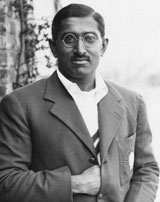
Above: Natwarsinhji Bhavsinhji, the Maharaj of Porbandar
That Test comenced on 25th June at Lord’s and India’s tour captain stood aside for the game in favour of CK Nayudu. England were captained by Douglas Jardine just six months away from his date with destiny in the fateful Bodyline series in Australia.
India caused a bit of a sensation on the first morning dismissing both England’s Yorkshire opening batsmen cheaply -the great Herbert Sutcliffe and Percy Holmes. Both were bowled by Mohammad Nissar, who would end up with India’s first five-wicket haul. When Frank Woolley was run-out shortly thereafter, an astonished Lord’s crowd saw the hosts reeling at 19-3. It wasn’t to last – from then on, skipper Jardine played a captain’s role and took control of the match – top scoring for England in both innings and eventually leading his side to a comfortable 158 run win.
Nayudu’s batting exploits over the entire tour led him to become one of Wisden’s five cricketers of the year in the 1933 edition of the almanack. He was not however the first Indian to be bestowed with that great honour. Three of his compatriots, who all played for England at one stage, had preceded him – Ranjitsinhji in 1897, Duleepsinhji in 1930 and the Nawab of Pataudi in 1932.
India would have to wait until their 25th attempt, 20 years later in 1952, to win their first Test match. That victory came against England at what was then called the Madras Cricket Club, and is now the MA Chidambaram Stadium in Chennai.
Test team #7 – Pakistan.
First match vs India, New Delhi, India – 16 October 1952
The Indian Independence Act, passed by Britain’s Westminster Parliament in 1947, provided that from “the fifteenth day of August, nineteen hundred and forty-seven, two independent dominions shall be set up in India, to be known respectively as India and Pakistan”
And so it was that the ground was laid for Pakistan to become our seventh Test nation. India had already made their debut as we have just seen, but now there was an entirely new nation on the map.
Cricket was already well established in Pakistan as a result of it being part of the British Indian Empire. Following the declaration of indpendence, for the rest of the 1947/48 season matches were played on a rather ad-hoc basis, until the formation of the Board of Control for Cricket in Pakistan (BCCP) on 1 May 1949 regulated control of cricket in the new territory. The forerunner to today’s PCB, the BCCP was accepted as a member of the ICC in July 1952, paving the way for Test cricket.
Pakistan’s first tour as a Test nation was arranged hastily after ICC membership being conferred, and its first Test took place at New Delhi’s Ferez Shah Kolta stadium, against India, starting on the 16th October 1952.
Thus Pakistan became the first country (aside from England itself) to not make its international debut against England. Pakistan was also (again save for England) the first to make its Test debut as a fully fledged independent state.
(Note: Interestingly, New Zealand had been granted autonomous status following the Balfour declaration in 1928 which declared the Dominions of Canada, South Africa, Australia and New Zealand to be equal members within the British Empire. However, this wasn’t given legal effect until an Act of Parliament was passed in Britain in 1931, after NZ’s Test debut in 1930, meaning the Kiwis miss out on this honour on a legal technicality!)
Pakistan faced a strong Indian side featuring greats Vinoo Mankad, Vijay Hazare and Vijay Manjrekar. In the first innings, India’s Hemu Adhikari and Ghulam Ahmed notched up a 10th wicket stand of 109, which at the time became the fourth highest last-wicket partnership in Test history and carried India to a total of 372.
In reply, Pakistan scored 150 and were asked to follow-on. A second innings of 152 led to a defeat by an innings and 70 runs. Pakistan’s chief nemesis was Vinoo Mankad, who took career-best innings figures of 8/52 in the first innings, and career-best match figures of 13/131 in the Test overall.
Pakistan scored only one fifty across the two innings, by none other than their first superstar, Hanif Mohammad, who would go on to play in 55 Tests.
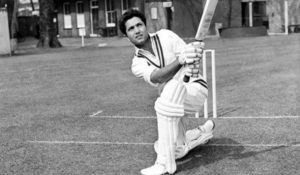
Above: Hanif Mohammad, first superstar of Pakistan cricket.
Pakistan did not lick their wounds for long however. They levelled the two test series 1-1 by winning the second test by an innings just one week later in Lucknow.
Test team #8– Sri Lanka
First match vs England, Colombo, Sri Lanka – 17 February 1982
By the time the next Test team was minted, the landscape for international cricket had changed considerably. The One-Day International had been unveiled in 1971, and the ICC had held two World Cups in England based on the new shorter format. This gave the opportunity for non-Test playing emerging nations to play recognised international fixtures before being granted Test status.
The first such team to follow this path were Sri Lanka. The islanders had been granted ICC full status in 1981, by which time they had already played six official ODIs – three each in the World Cups of 1975 and 1979. They were to play two more against England in the week leading up to their first Test against the same opponents in February 1982.
The England side that travelled to Sri Lanka for this historic tour was a strong one, containing players such as Ian Botham, Graham Gooch, David Gower, Bob Willis and Derek Underwood. Sri Lanka stunned the visitors by winning the second ODI thanks to an innings of 86 not-out by Sidath Wettimuny and some crazy running by England who suffered four run-outs in their chase. The ODI series was tied 1-1, and the whole country of Sri Lanka went berserk with excitement.
The historic Test was played at Colombo’s P Sara Oval commencing on the 17 February 1982. Riding the crest of their ODI wave Ranjan Madugalle and Sri Lanka legend Arjuna Ranatunga both scored fifties in Sri Lanka’s first innings, before being undone by Underwood, who would take 5 wickets. A David Gower 89 and 45 from the skipper Keith Fletcher then gave England a slender five run first innings lead. Despite a fifty by Roy Dias in the second dig, Sri Lanka collapsed from 140-2 to 175 all out, John Emburey taking six wickets, and leaving England a straightforward chase. England eventually ran out winners by seven wickets.
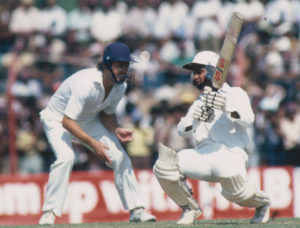
Above: Arjuna Ranatunga in action in the first Test versus England
Sri Lanka’s first Test victory would come in 1985 in their 14th Test, when they defeated neighbours India at the same venue as their first Test, the P Sara Oval.
Test team #9 -Zimbabwe
First match vs India, Harare, Zimbabwe -18 October 1992
Before Zimbabwe gained independence from Britain in 1980, it had competed as Rhodesia (later Zimbabwe-Rhodesia) in South Africa’s domestic First Class cricket competition, the Currie Cup. After independence, the now national side was first elected as an Associate member of the ICC in 1981, and following its participation in three world cups, obtained Full member status in 1992.
Like Sri Lanka before it, our ninth Test nation had therefore already played a number of official ODIs before making its Test bow.
Zimbabwe’s First test was held at the Harare Sports Club starting on the 18 October 1992. Like Pakistan before them, Zimbabwe’s first Test opponent would not be England, but instead an Indian side featuring the legendary Kapil Dev and a young Sachin Tendulkar playing his 17th test match at the still tender age of 19.
That first match ended in a draw, and is notable for a number of reasons.
Firstly, Zimbabwe’s first innings total of 456 remains the highest by any Test nation on debut. Zimbabwe also became the first debutant nation since Australia 115 years earlier to avoid defeat in their maiden Test.
Zimbabwe’s skipper David Houghton scored a century in the first innings, becoming only the second man after Charles Bannerman to do so in his nation’s first Test.
Most intriguingly of all however, Zimbabwe’s ranks included one player who was not making his test debut. Egypt-born of Greek heritage, spinner Yiannis Athanasios “John” Traicos had played three tests for South Africa in 1969/70 before they were were banished from international sport due to the Apartheid regime. Most assumed that would be it for his international cricket career, but Traicos returned a numerically wonderful 22 years and 222 days later to play for Zimbabwe in their inaugural Test, at age 45.
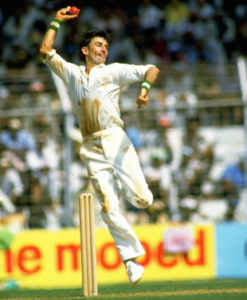
Above: John Traicos
He proved there was still life left in the old dog too – taking a five-for in India’s only innings, including snaring Tendulkar caught-and-bowled for a duck! Traicos is the only man to play for a team in their first Test that was not himself making his individual Test debut – although Boyd Rankin may emulate him for Ireland later this week if selected, having already played one Test for England.
After drawing their first, Zimbabwe would go on to draw six of their first ten Tests. Their first win came at the 11th attempt, against Pakistan in 1995.
Test team #10 -Bangladesh
First match vs India, Dhaka, Bangladesh – 10 November 2000.
Before Ireland, the last team to join the exclusive Test club was Bangladesh.
Following the former East Pakistan obtaining independence from Pakistan in 1971, Bangladesh became associate members of the ICC in 1977. The new nation made its ODI debut in 1986, eventually playing fully 41 ODIs before making their Test debut as a Full Member in November 2000.
That match, against India, was played at the Bangabandhu National Stadium in Dhaka. Interestingly, this ground also hosted the first home Test for Pakistan in 1955 before Bangladeshi independence in 1971. Thus it has the unique status of having played host to two country’s maiden home Tests.
Also, alongside earthquake-ravaged Lancaster Park in Christchurch, New Zealand, it is the only venue to host an inaugural Test match that is not still currently in use for cricket today – now being exclusively used for football while cricket is played at the Sher-e-Bangla stadium in Mirpur.
Three Indians made their debut in the first Test, including Zaheer Khan, and the side was captained for the first time by Sourav Ganguly.
Bangaldesh got off to a dream start, amassing 400 in their first innings – the second highest by any side on Test debut behind only Zimbabwe, with Aminul Islam becoming just the third batsman after Bannerman and Houghton to make a century in his team’s maiden Test.
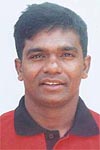
Above: Bangladeshi debut centurion, Aminul Islam.
Sunil Joshi was India’s main threat in that first innings, taking five wickets, before also top-scoring with 92 in India’s reply of 429. Sadly, Bangladaesh could not repeat their heroics of the first innings, collapsing to 91 all out in the second and eventually losing by nine wickets.
Bangladesh had a torrid start to their Test career – losing all but one of their first 27 Tests, with the other drawn. Their first win came in their 35th Test against Zimbabwe at Chittagong in 2005.
Test team #11 – Ireland
First match vs Pakistan, Dublin, Republic of Ireland – 11 May 2018
To be determined…watch this space!
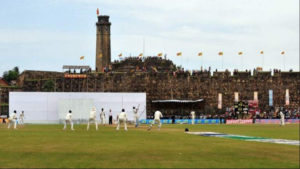
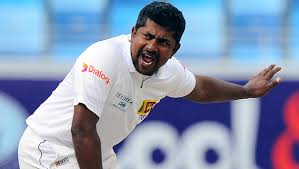

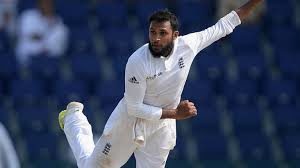


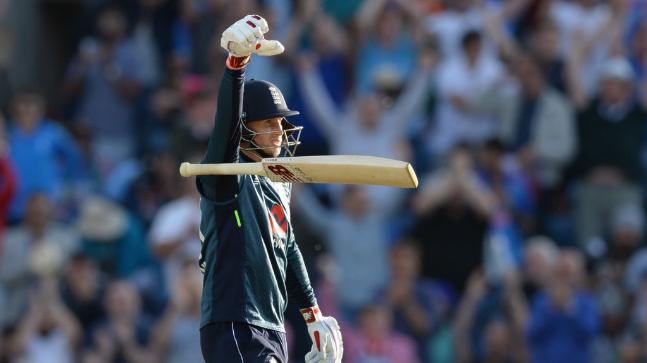
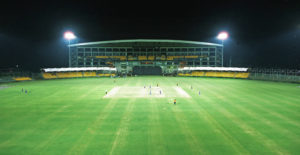

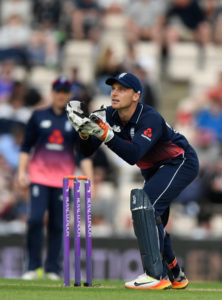
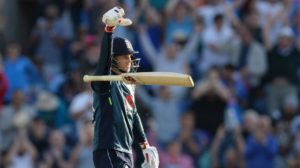
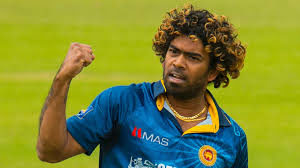
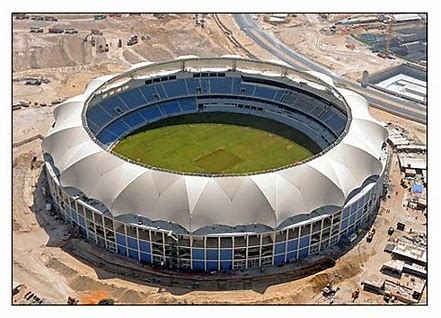
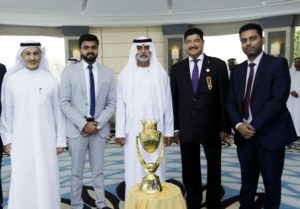

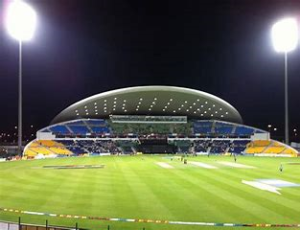
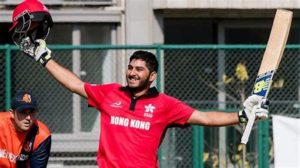 .
.